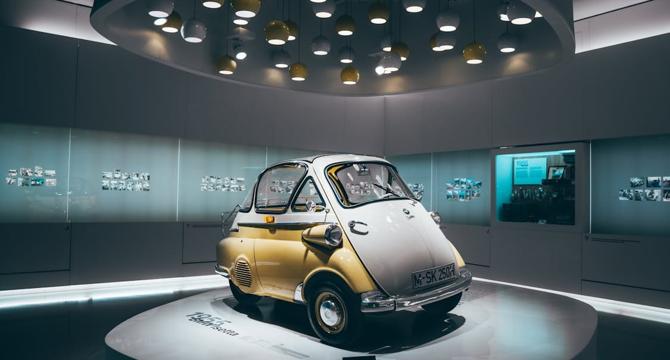Medium
4w
4

Image Credit: Medium
How We Connect With Products
- Designing for engagement is the fundamental driver behind Emotional Design.
- Emotional design focuses on creating products that evoke positive feelings and build connections with users.
- The best designs succeed on all three levels: Visceral Design, Behavioral Design, and Reflective Design.
- Industrial designers like Henry Dreyfuss and Norman Geddes started designing products that were more than utility.
- People weren’t all wealthy enough to hire other people to do their chores, so appliances became a status symbol.
- With the rise of digital interfaces, designers turned to skeuomorphism — a style that mimicked real-world textures and objects to make technology feel familiar.
- Today’s emotional design combines a lot of different approaches depending on context and user sentiment.
- Designers must balance creating engaging experiences with avoiding manipulation or addiction.
- Regardless of the technology, design is an innately human endeavour.
- Design for Humans, Not Just Users: Understand the emotions your design evokes and aim to create meaningful connections.
Read Full Article
Like
For uninterrupted reading, download the app